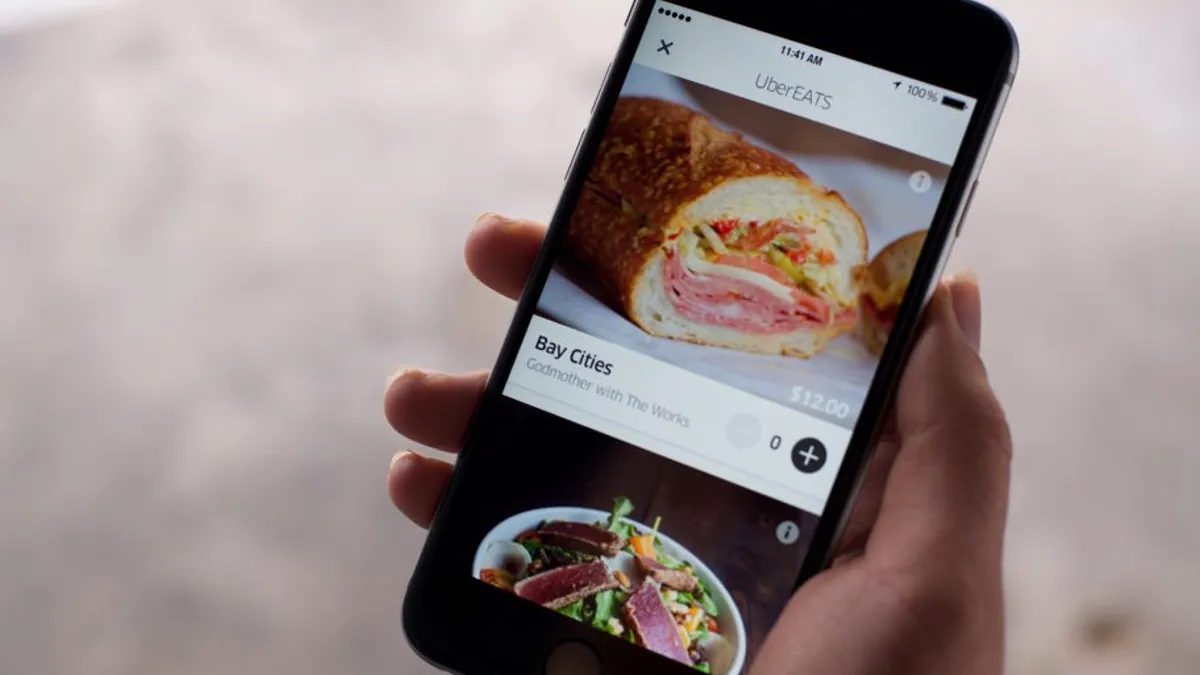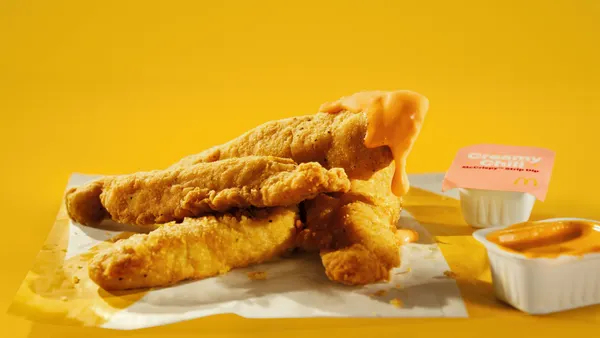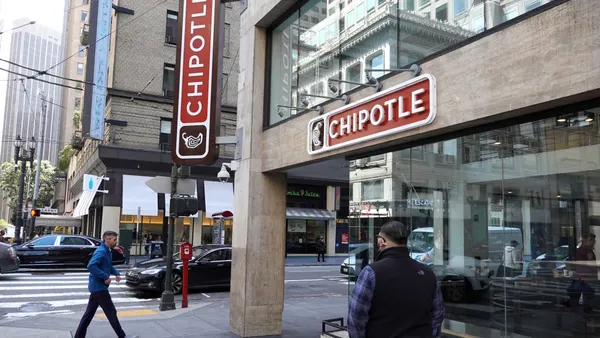Stephen Chau is a senior director at Uber where he is the head of product for Uber Eats. He has been at Uber for four years and joined as one of the first members of the Uber Everything team. Previously he was at Google for ten years where he helped build Google Now, Android and Google Maps. He started his career in investment banking at Goldman Sachs after graduating from Stanford University.
Eighty percent of restaurants fail. Even though studies show people are eating out more, it’s still hard for restaurants to capitalize on increased consumer interest. Despite preparing great food, the daily logistics of operating a restaurant often interfere with understanding hungry customers or unlocking new revenue opportunities.
We’ve reached a unique point where technology can change the way restaurants serve customers. Just like how the internet created new opportunities for e-commerce and self-expression, restaurants are now able to connect with customers in ways they weren't able to in the past.
While most restaurants still rely on leasing the most expensive real estate in the best locations to attract customers and drive sales, technology can allow restaurants to evolve past the old way of doing business. By utilizing data, provided by companies like Uber Eats, restaurants can personalize their customer’s orders and in some instances, move to a delivery-only model without the traditional high-foot trafficked store.
From personalized menus to restaurant-quality delivery packaging, we are excited to see how the restaurants of the future will continue to transform.
A focus on personalization
When searching for songs on Spotify or movies on Netflix, we often rely on their personalized discovery tools to help us decide what to watch or listen to. But static restaurant menus haven’t experienced a similar, personalized evolution. Restaurants want to cater customers’ tastes but they need their feedback first. In the past this was a hurdle, but every time an eater orders and provides feedback, we can learn something. Do they love mushrooms but hate bok choy? Was the dish too spicy or not spicy enough? Was the portion too large or did it have too much salt in the seasoning?
If restaurants know your preferred tastes, they can put that information against what’s in their food to ensure no two customers see the same menu. With precise data, restaurants will create dishes and menus personalized to individual tastes and dietary needs, while still aligning with a restaurant’s brand. Detailed past behavior will be saved and automatically adapted for the next meal recommendation to improve taste, customization and customer happiness.
Applying data-rich insights
Restaurants are eager to learn about their customers, but currently don’t have access to these types of thoughtful insights. By tapping into technology to power business intelligence and automate advertising, restaurants can focus on what they do best - make great food. From our experiences working with restaurants, we hear there is a clear gap in identifying the needs of existing or potential customers, and integrating those insights into a restaurant’s existing operations. By tapping into rich and actionable insights on customer’s dining experiences, restaurants can better serve the evolving tastes of their communities.
We’re starting to see examples of this by experimenting with virtual restaurant brands that only exist in the digital world. Restaurants can now review data of what kind of food people are searching for in their area, which can help these restaurants determine how they can meet unmet demand for certain cuisines and dishes. For restaurants, this allows them to use existing ingredients to create new dishes and not invest in costly new real estate to grow their business. Restaurants can continue to leverage data to improve their operations and minimize costs, and increase customer demand.
We recently worked with a French restaurant to present a recommendation that people weren’t ordering their French food for delivery, but just their burger on-the-go. The restaurant created a separate virtual restaurant brand on Uber Eats just for speciality burgers, and now delivers those under a different name. Delivery doesn’t sacrifice the quality of experience, but provides insights so restaurants can learn more about their customer’s needs and address them in real-time.
Immersive takeaway
Restaurants understand that the environment, dish presentation and social interactions all impact customers experiences of a meal. Today when interacting with a waiter, customers embrace an immersive experience at the restaurant, taking in multiple touch-points of the restaurant’s cuisine, atmosphere and attention to branding and decor. But that experience is lost when customers order food to their homes.
In the future, food delivery apps and online menus will rise to the same depths of interacting with a thoughtful waiter about what to eat, what food pairs well and what's really the best dessert on the menu. Restaurants will leverage this interaction with the customer outside of the restaurant by creating thoughtful takeaway dish presentations and packaging, so customers can experience more of the restaurant’s brand outside of the brick-and-mortar store.
By learning from hungry customers and building in new feedback loops into existing operations, restaurants have the opportunity to create deeply personal and impactful meals elevating our everyday interactions with food from ordinary, to the extraordinary












